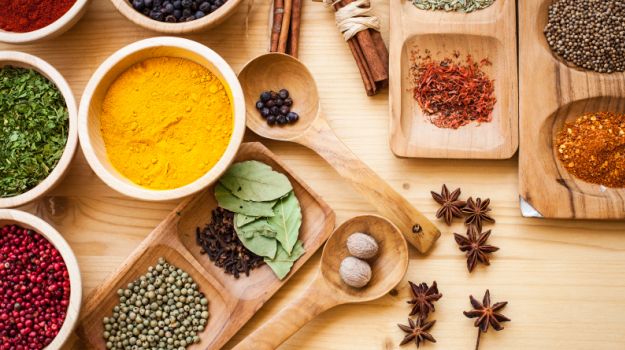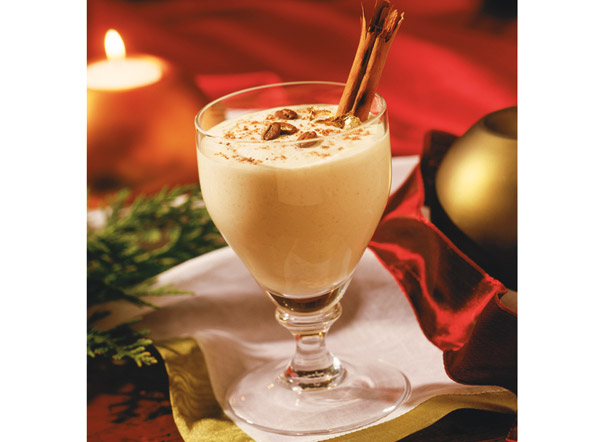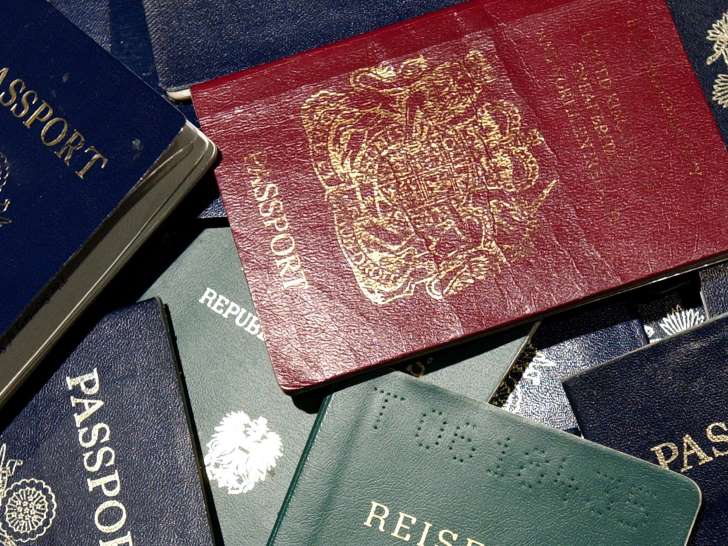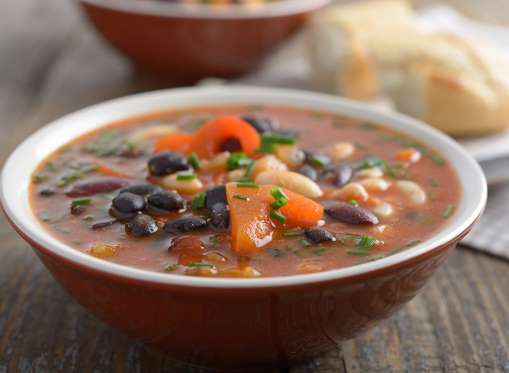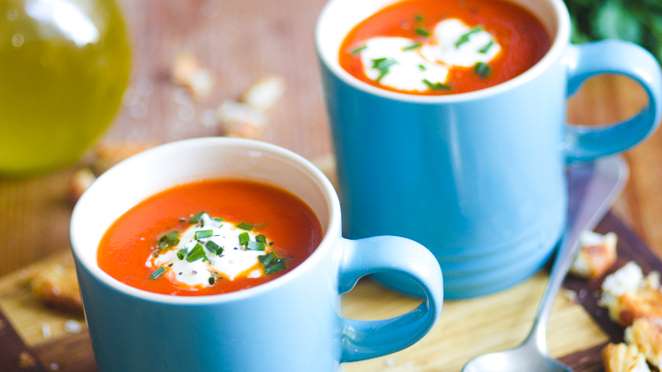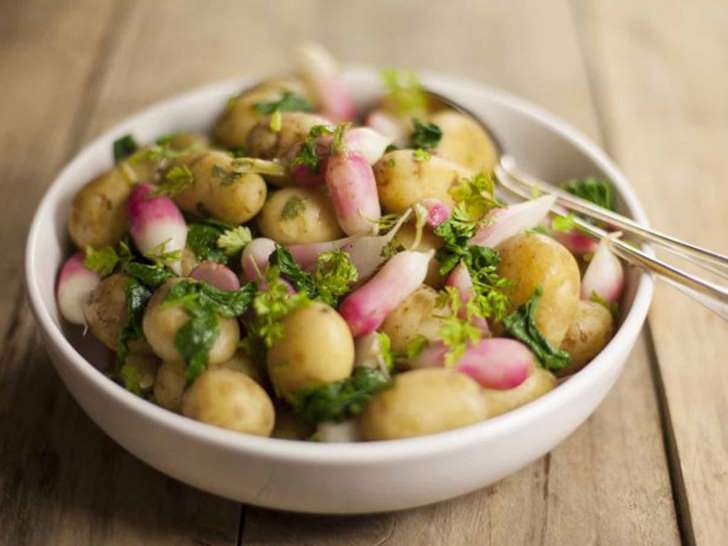
A potato is a complete food, and it goes back centuries,” he says. “Baked in its jacket or steamed, it’s very nutritious and provides decent amounts of our vitamin C requirements.” Although often dismissed as starchy and lacking in nutrients – certainly not a “health” food – a 100g portion of potatoes supplies 32 per cent of our daily vitamin C requirements, 12 per cent of our potassium needs and 8 per cent dietary fibre. And, of course, they are cheap as, well, chips.
Now for the bad news. “Unfortunately, if you want to cover them in butter or make them into chips with salt and vinegar, we’re creating a very different experience for ourselves,” he says.
Potatoes came to the UK from the Americas in the 16th century and soon became an indispensable part of our diet, as they are around much of the world. Don’t forget that jacket potatoes were a popular, filling and tasty street food long before any of us had heard of dirty burgers or pulled pork, and that roast potatoes are vital components of Sunday roasts and Christmas dinners. But Wilson fears that we don’t know enough about how many different and delicious varieties of potato there are, and how easy they are to grow. “You’d have to ask quite a few people in the street before you find someone who can name three,” he says. “King Edward is the obvious one but, beyond that, you’d struggle.”
We tend to think of potatoes as either waxy or floury. Popular floury varieties, great for baking, mashing and chips, are King Edward and Maris Piper. They disintegrate on boiling, however; so instead you need something waxy such as a Charlotte or any new potato, or the Red Duke of York, one of Wilson’s personal favourites.
Wilson has created a website, thepeoplespotatoes.com, to campaign for people to grow and eat more potatoes. It remains something of a staple food in the UK, but the introduction of competitors into our diets – pasta and rice, and more recently the influx of interesting grains such as couscous, quinoa, spelt and their many cousins – means that the amount of potatoes we’re consuming has fallen. In 1993, Wilson writes in his book, each person in the UK was consuming 73kg of fresh potatoes and 36kg of processed potatoes (in the form of chips, crisps and ready-prepared meals).
“It’s alarming,” he says. “We’re a nation that wants to be more healthy, yet often when we’re consuming this nutritious veg it’s been processed. Once that happens, we don’t know what variety it is. That’s the path we’re on and the future looks quite grim.”
Alan and his book
Wilson predicts that at this rate, within a decade we’ll only be eating 25kg of fresh potatoes each per year, which could mean that more varieties fall out of favour. Already, 92 per cent of all fresh potatoes sold reach us via supermarkets, so the route to a shop stocking new varieties is narrow, and based on “corporate interpretations of consumer needs”, he says.
Of course, it is also a very powerful route. Wilson has ensured that Waitrose stocks a good selection: it is currently selling Maris Piper, King Edward, Desiree/Mozart, Charlotte, Harlequin, Roseval and a few types of unspecified new, salad and baking potatoes. According to M&S, our favourites are King Edwards and Desiree, which, along with new potatoes Maris Peer and Season Gold, are showing sales increases this year, as is its Chopin variety.
The supermarket chain Booth’s champions the taste of fresh potatoes, and offers “Dug Today” potatoes, which are unearthed in the early hours by Lancashire grower Sean Mallinson and reach shelves by breakfast-time. “There are so many brilliant British varieties to enjoy,” says buyer Thomas Hargreaves. “In line with overall market reports, we have seen a slight decline in potato sales; but consumers seem to view potatoes as a treat, rather than something for every day.”
Hargreaves says that there are great sales in heritage potato ranges, such as the Pink Fir Apple, a relative of the first potatoes brought over from South America by Walter Raleigh. Peru is well known for its potatoes and as the cuisine starts to become known over here, chefs such as Robert Ortiz, executive chef at London’s two Lima restaurants, are teaching us to look at our spuds in new ways. Potatoes are found in every kitchen in Peru, he says, and about 25 varieties are used regularly, far more than in this country.
Are we stuck in dull potato habits in the UK? “One of the reasons potatoes may be perceived as boring over here might be that people eat baked potatoes quite a lot and there is a tendency to cook them in the microwave, which I believe takes away the majority of the flavour and alters its texture,” says Ortiz.
He is impressed by some of the varieties growing in the UK, and at home often makes a simple and traditional Peruvian potato dish called a “causa”, in which boiled or roasted potatoes are mashed, mixed with lime, chilli and coriander, and then served with a topping, which might be chicken, tuna or prawns.
While you’re experimenting, don’t forget our classic potato dishes. “If you throw out the potato, you’ll also throw out the Sunday lunch, and the Brussels sprout and the carrots and swedes along with it, so the great British Sunday lunch is poised to be a thing of the past.”
But he also expects the seed potato market to improve. If you go to a “potato day” events held around the country where seeds and plants are sold and expert advice is available, you’ll find thousands of people with a similar passion for spuds. “The natural desire within us all to grow food may just be reawakening,” says Wilson. “If that is the case, there is even more reason to cherish the varieties we have now to ensure that the potatoes of the people are maintained for the people.


 South Asian News E-Paper
South Asian News E-Paper Punjabi News E-Paper
Punjabi News E-Paper







